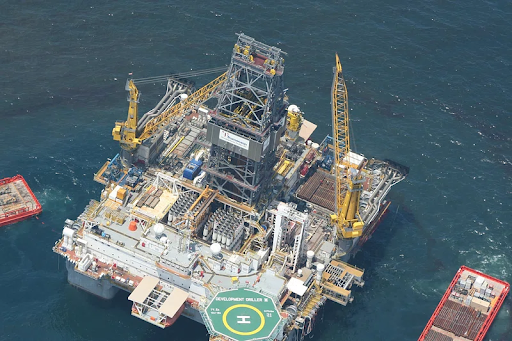Current global energy policies are fundamentally failing to meet climate objectives, leading BP to label the 2050 net-zero target “unlikely” on the world’s current trajectory. The energy major’s annual outlook has substantially raised its long-term forecasts for oil and gas demand, a stark measure of this policy failure.
BP’s revised figures are a powerful check on policy effectiveness. Oil consumption in 2050 is now projected to reach 83 million barrels per day (b/d), an 8% increase from the previous 77 million b/d estimate. Natural gas demand is also forecast to remain resilient, projected at 4,806 billion cubic meters annually in 2050. Furthermore, BP has delayed the expected date of peak oil demand by five years, now predicting a peak of 103 million b/d in 2030.
The root cause of this policy gap is the prioritizing of national energy security over environmental goals, fueled by geopolitical turmoil. BP’s chief economist points to the intensifying effects of the war in Ukraine, Middle East conflicts, and rising trade tariffs. This security-first mandate risks pushing nations towards maximizing domestically produced fossil fuels, even as it creates opposing incentives for low-carbon ‘electrostates.’
The consequences of maintaining the current policy path are severe: BP’s modeling shows cumulative carbon emissions are set to breach the critical 2∘C carbon budget limit by the early 2040s, significantly increasing the future economic and social costs of climate mitigation. To meet the 2050 net-zero goal, BP calculates that oil demand must see a radical and immediate decline, dropping to approximately 35 million b/d by that date.
Despite the rapid expansion of renewable capacity—which will meet over 80% of new electricity demand by 2035—oil is forecast to remain the single largest source of primary global energy supply, holding a 30% share in 2035. Renewables are growing from 10% to 15% of the primary energy supply by 2035, but they are not expected to surpass oil’s market share until the late 2040s, underscoring the deep policy inertia.

